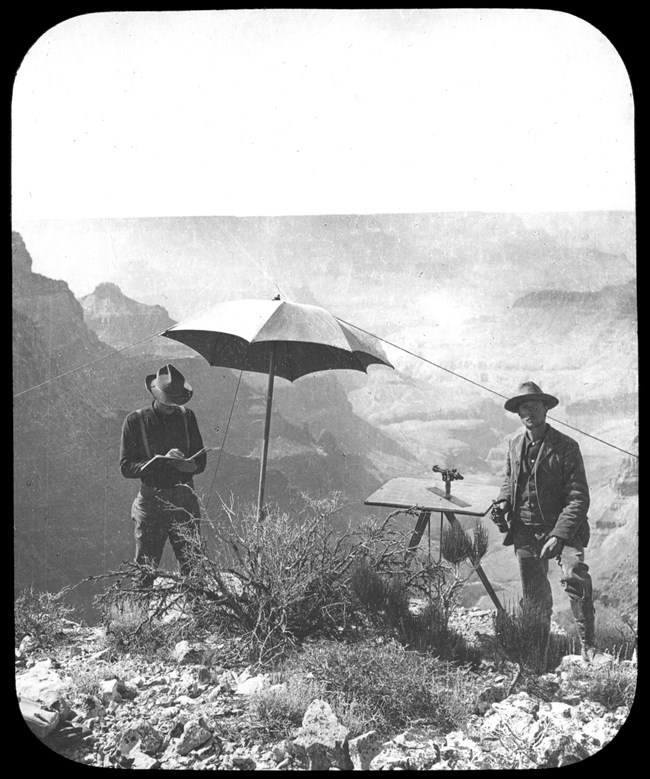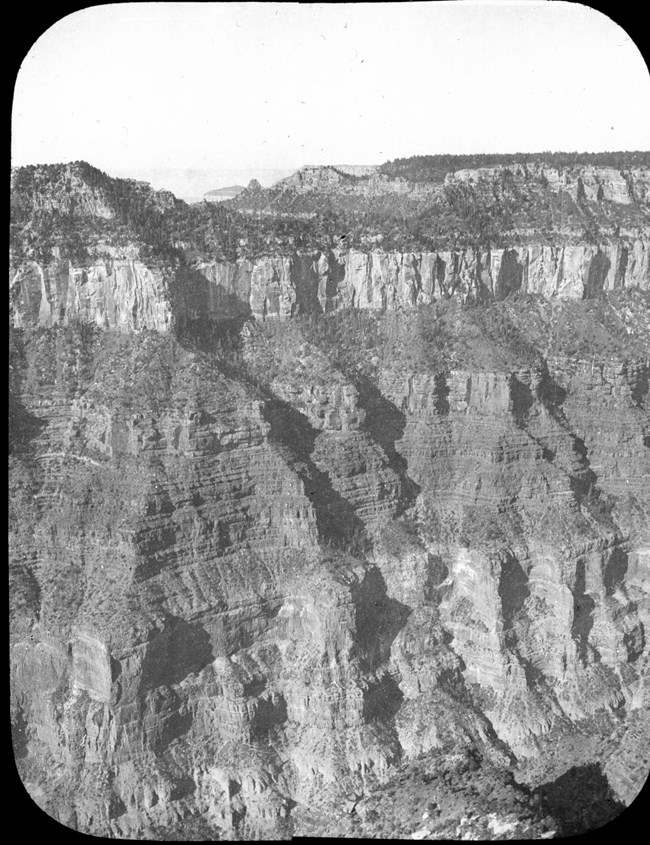Part of a series of articles titled Grand Canyon Centennial Stories.
Previous: 1899 - An Adventure in Beaver Canyon
Next: 1914 Metz Car
Article






Part of a series of articles titled Grand Canyon Centennial Stories.
Previous: 1899 - An Adventure in Beaver Canyon
Next: 1914 Metz Car
Last updated: September 11, 2018